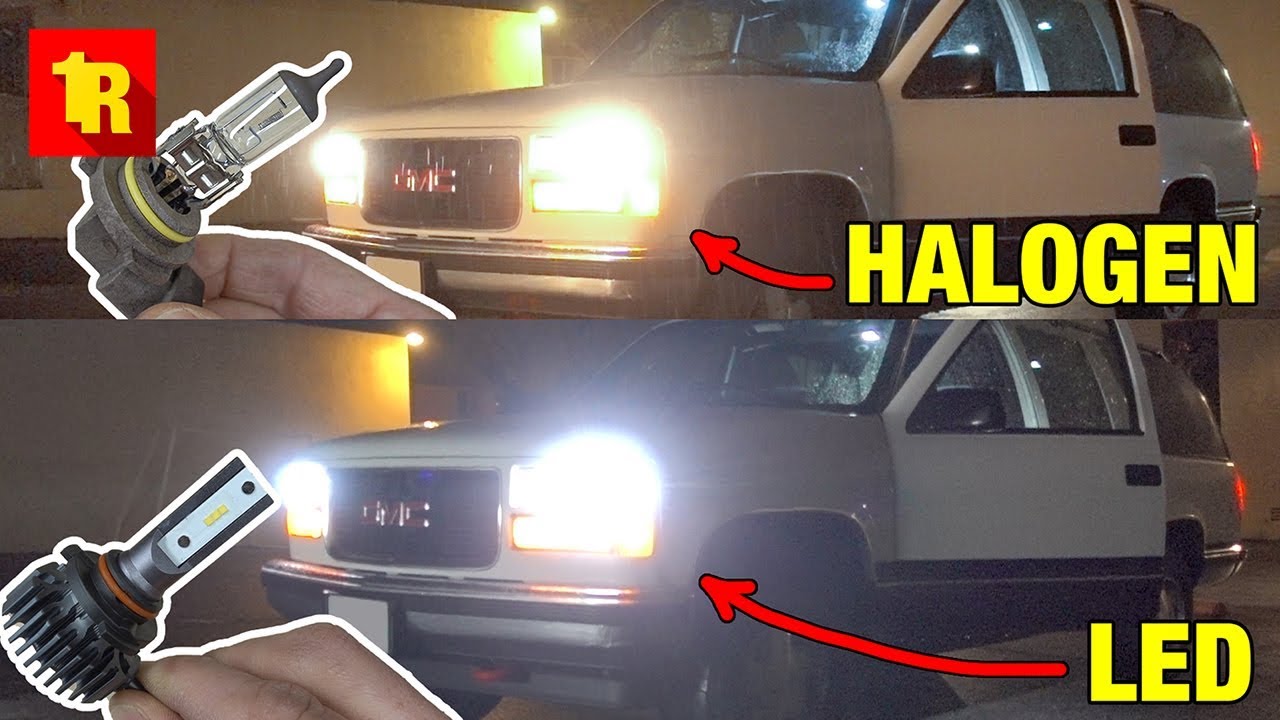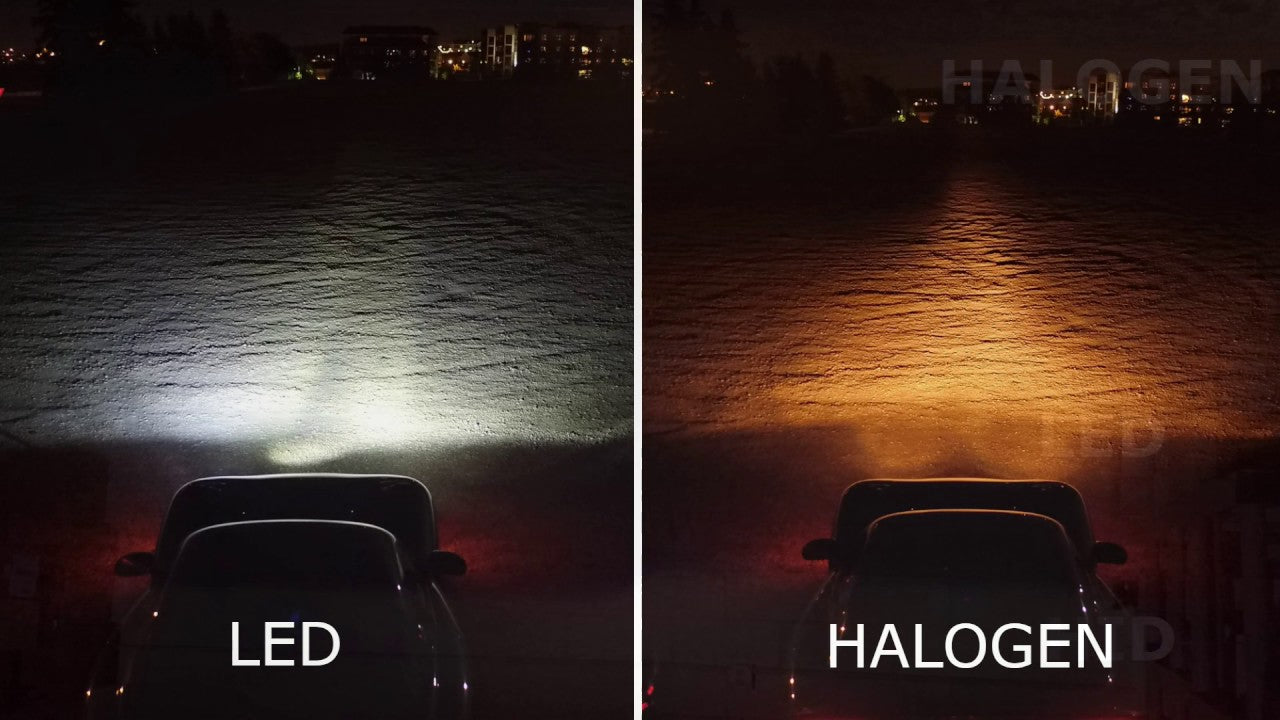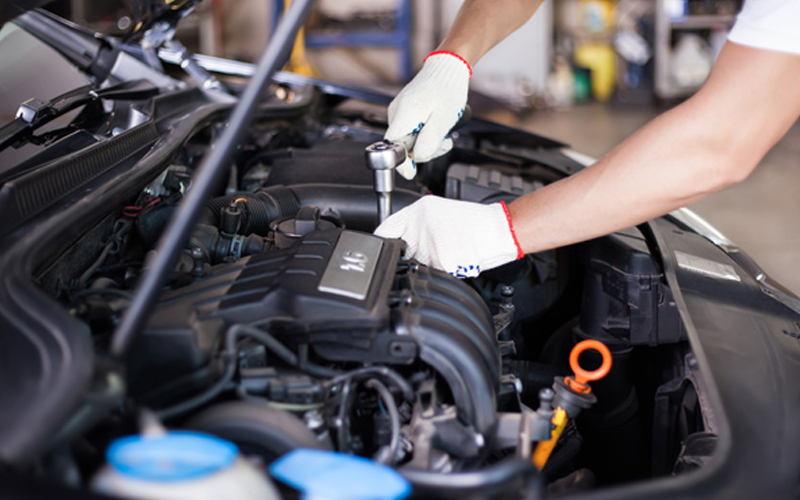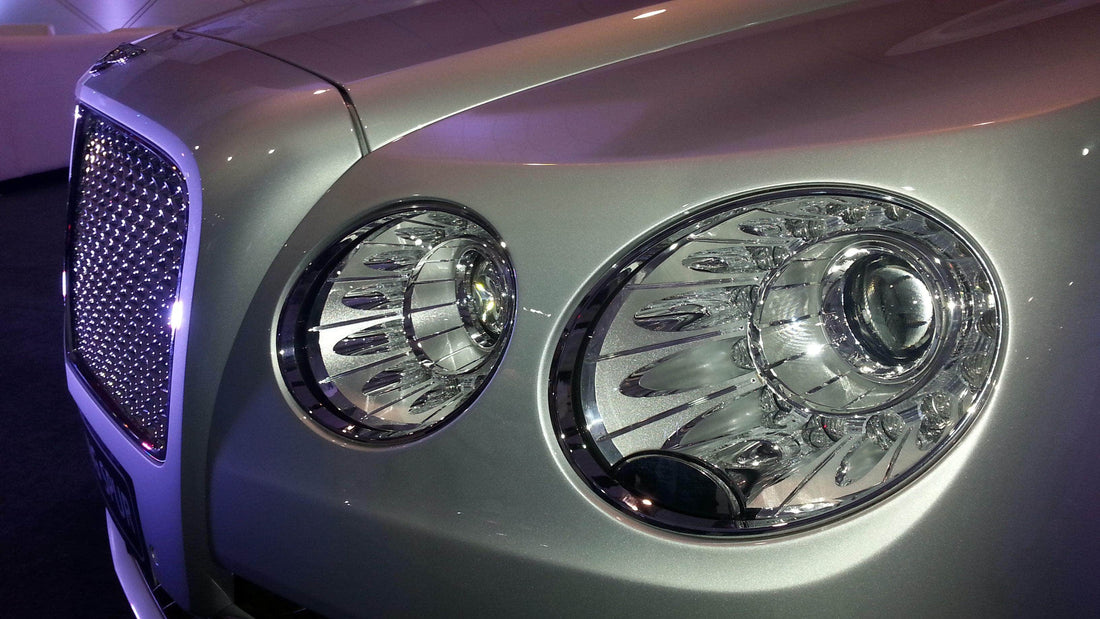Most car owners are familiar with hazy headlights. As it is, yellow crusting on headlight covers can be quite persistent. Fortunately, there are several ways to get rid of this problem at home without taking an expensive trip to a mechanic.
DIY headlight cleaning is fairly easy to do. You don’t need quality equipment for the job, and common household items would do the trick.
Here are the easiest ways to clean your headlight covers:
Check Out The CARIFEX® Premium LED Headlight Bulb Sets and the CARIFEX® Non-Flickering LED Headlight Sets and Elevate Your Driving Experience, Today!
1. Correct Yellowing with Transmission Fluid
Do you really need to buy an expensive kit to clear up yellowish headlight covers? Not necessarily.
To fix yellowing, you first need to understand it. Your headlight covers come with a coating to protect it from harsh UV rays. But over time, this coating wears off, exposing the plastic underneath to the sun. Yellowing happens when the plastic absorbs blue light from sunlight, changing the color.
Washing the headlight with car soap won’t fix this problem. However, you can buy a headlight restoration kit to remove the carbonic reaction with special chemicals. This option can be expensive, though.
You won’t need a restoration kit if you have some transmission fluid at home. Apply a thin layer to the headlight cover and wipe it off. It should help clear the discoloration.
2. Thoroughly Wash the Covers
Oxidation is not the only reason why headlight covers become hazy. Don’t rule out dirt and debris from the road. Dust particles and grime can really build up on headlight covers if you don’t regularly wash your car. Buildup like this can hinder proper vision too.
Even if you don’t have time to wash the entire car, just do the headlight covers. Use your regular car wash soap and a microfiber cloth or a sponge. You can choose a detergent formulated to work with plastic parts in the car.
There’s another benefit to washing your headlight covers: once the dust is gone, it would be easier to examine oxidation damage. You should, therefore, wash the headlight cover before applying any anti-hazing treatment.
3. Use Toothpaste
You may have heard of this DIY trick already. Yes, toothpaste can eliminate oxidation damage from your headlight covers.
But it’s important to properly use toothpaste. Just rubbing it on won’t really help. First, you need to wash the headlights with soapy water. That should remove the outermost layer of dust. Then, wipe them clean with a microfiber cloth.
Toothpaste can work like a miracle on headlights because of the light abrasives in it. The abrasives rub away at the oxidative damage. The result is much clearer headlights.
However, don’t go overboard. Use a small amount and apply it directly to the middle of the headlight. Leave it on for a minute or two. Use a microfiber cloth to scrub away in circles. You can add more toothpaste as needed.
A word of caution: don’t let the toothpaste get on the paint around the headlights. The abrasives would damage the coating. Use tape or something similar to protect the painted area around the headlights.
It’s quite important to choose the right toothpaste to get the job done. Avoid gel toothpaste, as it doesn’t have the abrasives necessary for scrubbing. Also, avoid toothpaste with microbeads or large particles. You could end up actually damaging the headlights with harsher abrasives.
The toothpaste treatment is not permanent. It’s recommended to try this every two to three months to keep headlight covers clearer.
4. Try Sanding
Using sandpaper to scrub away yellow crust is one of the best-known methods for keeping headlight covers clear. This works quite similarly to toothpaste. However, you can remove more crust with the right sandpaper.
This doesn’t mean that you should grab some sandpaper from your toolshed and rub away. Sanding should be done very carefully to avoid any physical damage to the headlight plastic covers. Instead of sanding dry headlight covers, wet the headlights in advance.
You can start with grittier sandpaper. Then move onto finer ones. However, you need to be gentle and avoid causing permanent scratches on the plastic.
Once the sanding is done, wash the headlights again. They should now look clearer. Don’t forget to apply UV sealant when you are done.
5. Use a Headlight Cover Restoration Kit
While restoration kits are not for everything, they certainly have their uses. The typical headlight restoration kit comes with an array of material to eliminate haziness. There will be sandpaper, washing liquid, polishing material, and even UV protective sealant.
If you have a lightly stocked garage, investing in a headlight restoration kit is the best option. A highly rated kit would have everything you need to clear up oxidation.
More importantly, kits come with sealants to apply after the cleaning process. Protective sealants are essential for preventing further oxidation damage.
The key to success here is finding a good restoration kit. Don’t forget to follow the instructions closely. Otherwise, you could damage the plastic on your headlight covers.
Keeping your headlights clean and clear does not have to be a tiresome process. You would need to apply any of the above fixes at least three times a year.
The most important part is applying a UV sealant once you clean the covers. The sealant is absolutely essential for preventing further hazing. All your hard work would go to waste if you fail to do this.
DIY headlight cleaning is sufficient for most vehicles. However, if you notice very severe yellowing or damage to the headlight covers, it’s best to take the car to a mechanic for a professional analysis.
Check Out The CARIFEX® Premium LED Headlight Bulb Sets and the CARIFEX® Non-Flickering LED Headlight Sets and Elevate Your Driving Experience, Today!




